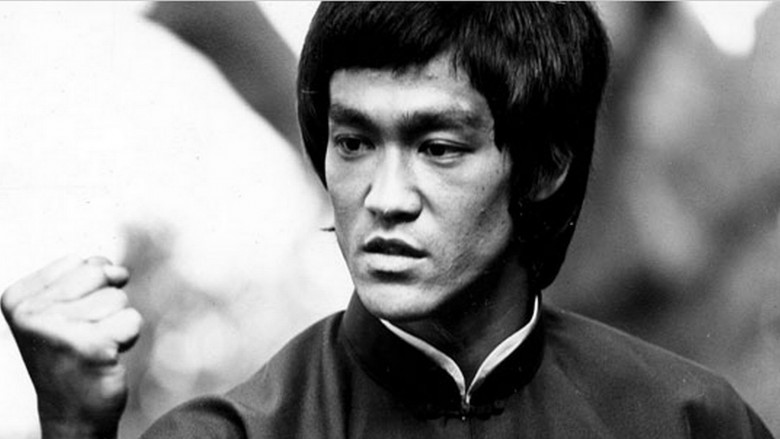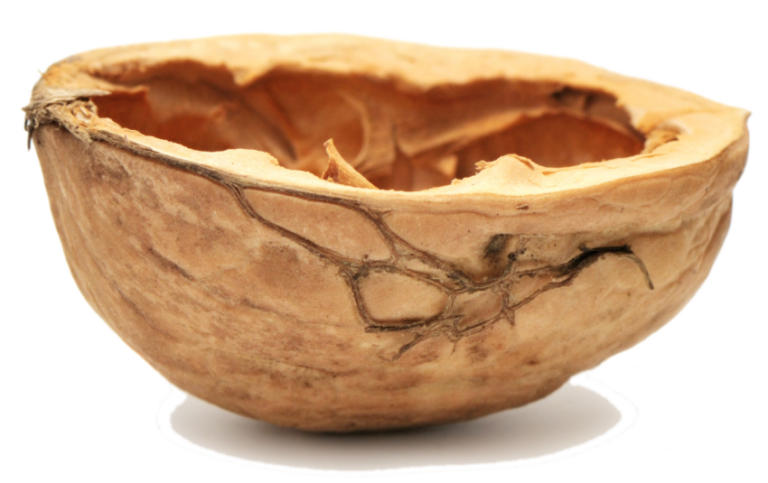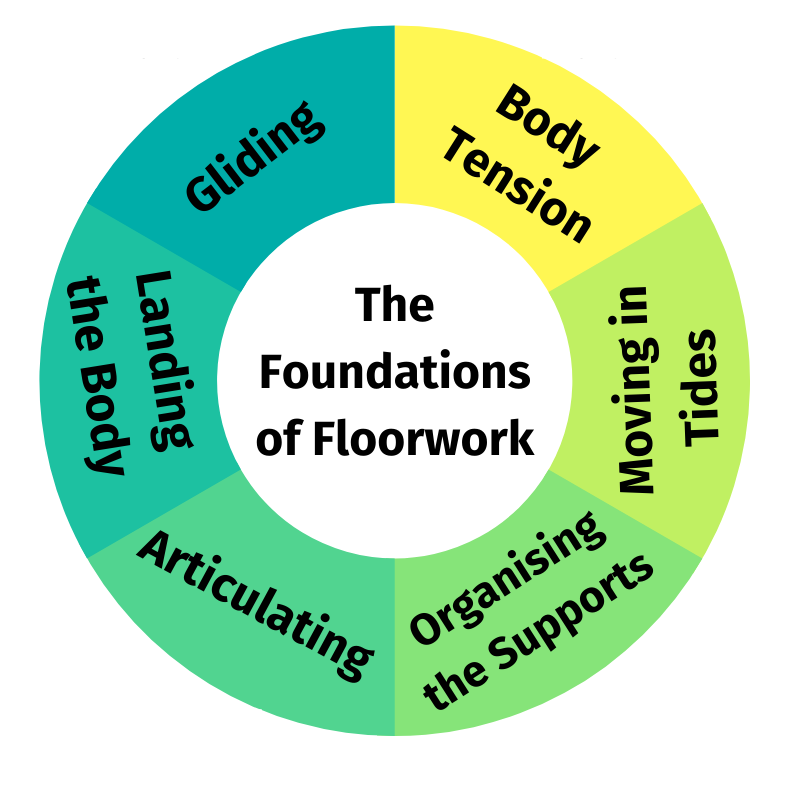Learning Floorwork and being efficient on the floor DOESN'T HAVE to take years of practice. Let me show you how.
THE ELEPHANT IN THE ROOM
The Fast Track to an efficient, elegant movement
We respect your privacy and do not send out spam.
Floorwork is like a language.
I wasn't born "a good mover".
I never had any specific talent that made skill acquisition easy to me.
My passion for floorwork and locomotion only started in my mid-20s, for that matter!
But I always had a very critical mind, always trying to understand how skills could be better taught to the untrained adult.
And after almost a decade dedicated to the research of Floorwork, I can confidently say this:
Learning one word a day from a dictionary will never make you bilingual. Or, to put in it movement terms:
You will never flow with ease on the floor if you chase movements.
PROGRAM OF THE MASTERCLASS
Vocabulary 101
I will introduce you to the most important movements you need to learn first on your floorwork journey, and show you how to assemble them into phrases.
Efficient algorithms allowed to make the test accurate.
Learn moreHow to be flowy
Movements, phrases but even more importantly the rules of grammar to follow to be softer on the floor and become a better mover.
Efficient algorithms allowed to make the test accurate.
Learn moreThe Science of improvisation
Let's debunk the myths around movement learning and go beyond the isolation - integration - improvisation model.
Efficient algorithms allowed to make the test accurate.
Learn moreTransitions and efficiency of motion
You will get exercices to do at home to repogram your awareness and move more efficinetly
Efficient algorithms allowed to make the test accurate.
Learn moreContemporary, capoeira and movement culture variation
By studying the root of each movement, we will see how we can easily adapt the vocabulary we learn to the context we intend on using them - contemporary dance, capoeira or movement for movement sake a la Movement Culture.
Efficient algorithms allowed to make the test accurate.
Learn moreThe almighty weight transfer
Weight transfer, and our capacity to receive the floor as softly and gradually as possible, regardless of momentum and speed, is at the core of floorwork. In this masterclass, once the first few building blocks have been laid down, we will refine our capacity to transfer weight and see how this enhances our flow.
Efficient algorithms allowed to make the test accurate.
Learn moreREPETION ISN'T THE MOTHER OF ALL LEARNING
Here is a simple truth:
Unless you have been trained as a dancer since the tender age of 3 - you probably think you still have LOADS to learn to be moving the way you would like on the floor

And yet most of us are literally wasting our time maximising the reps on some stupid sh*t instead of focusing on what really matters.
For many reasons, the way we are approaching the acquisition of movement skills as adults is obsolete.

It seems like we, or our teachers, hold the belief that :
1 ) An adult learns the same way a child does
2) An amateur should use the same training methods as a professional
3) Achieving a skill is just a matter of time and repetition
1 ) An adult learns the same way a child does
2) An amateur should use the same training methods as a professional
3) Achieving a skill is just a matter of time and repetition
This is simply not true (sorry, but not sorry)
THE USUAL WAY OF TEACHING PHYSICAL PRACTICE IS OBSOLETE

Everything just doesn't come as organically as we grow older and we try to learn movement.
There is a cohort of reasons for that.
Life gets in the way:
Sure you enjoy training and want to get better at your craft, but... you also have to study,
to make choices,
to work,
to socialise,
to make our relationships work,
Fill in the ______ of your own story.
There is a cohort of reasons for that.
Life gets in the way:
Sure you enjoy training and want to get better at your craft, but... you also have to study,
to make choices,
to work,
to socialise,
to make our relationships work,
Fill in the ______ of your own story.
The truth is: for most of us, life isn't training 6 hours a day!
And if it were, maybe we'd need to talk about efficiency?
A smart training is a time-efficient training.
Look for the Minimum Effective Dose, prioritise the elements that will yield the most benefits. Classify your vocabulary. Distinguish absolute and usable movement terminology.
Integrate your movements on a regular basis.
Learn how to use your subconscious to learn faster.
THE ELEPHANT IN THE ROOM
The Fast Track to an efficient, elegant movement
We respect your privacy and do not send out spam.
WHAT REALLY MAKES A MOVEMENT FLOWY?
For the last decade, I have been studying floor-based movers, with one question - what makes one move better, and the other look like an elephant?
And as expected,
And as expected,
- It had less to do with how many words you learnt by heart
- It had less to do with how many power moves you had in your pants
- It had less to do with the thousands reps you would put in one technique
- It had almost everything to do with your understanding of what is behind a movement - the grammar that glues everything together.
Some of the most beautiful movers I have seen were displaying quite a limited vocabulary... but an absolute mastery of how to intertwine the threads of their movements together to create unique pieces of tapestry.
In a massive

-> What makes a good mover fluid is not necessarily the wealth of movements they can exhibit as much as their understanding, conscious or subconscious, of correct underlying movement concepts.
-> One could argue, therefore, that sheer volume training will improve isolated technique, but will hardly translate into an efficient and quick development of your ability to flow or improvise on the floor.
-> Think of it as learning a new language - the number of words you have picked-up from the dictionary doesn’t define your ability to use them in sentences nor how elaborated and well-pronounced these are going to be.
-> The core of my research as a consequence has been focusing on deconstructing these concepts that seasoned dancers and movers have ingrained year after year while training and that we need, as beginners, to bring forth to consciousness.
-> One could argue, therefore, that sheer volume training will improve isolated technique, but will hardly translate into an efficient and quick development of your ability to flow or improvise on the floor.
-> Think of it as learning a new language - the number of words you have picked-up from the dictionary doesn’t define your ability to use them in sentences nor how elaborated and well-pronounced these are going to be.
-> The core of my research as a consequence has been focusing on deconstructing these concepts that seasoned dancers and movers have ingrained year after year while training and that we need, as beginners, to bring forth to consciousness.
ENTER THE RULES OF FLOORWORK
In this masterclass, I will precisely go against the grain and step away from that Monkey see Monkey do approach.
We will start unravelling the rules of floorwork that are at the core of "flowiness".
We will start unravelling the rules of floorwork that are at the core of "flowiness".
